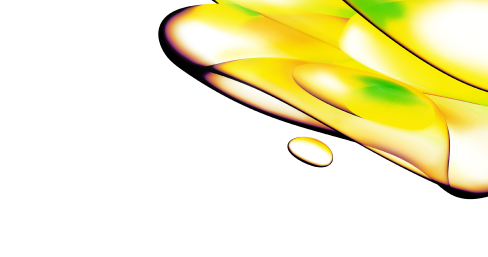Resource Center
Explore Resource Types
We have housed the technical documents (SDS, COAs, Manuals and more) in a dedicated section.
Explore all All Resources
Filters
Select resource types
Select products & services (1)
Select solutions
Active Filters (1)
Clear All
49 - 60 of 70 Results
Sort by:
Best Match
Phenotypic profiling of autophagy using high content profiler
Using an autophagy assay as an example, this study describes the validation of a phenotypic image and data analysis workflow.
Artificial intelligence, machine learning and deep learning: applications in cellular imaging for improved drug discovery productivity
Learn how Artificial Intelligence (AI), Machine Learning (ML) and Deep Learning (DL) are used in cellular imaging applications for improved drug discovery productivity in this white paper.
Distinguishing cell types by phenotypic profiling of the nucleus
As nearly all screening approaches require a nuclear counterstain, phenotypic profiling of the nuclei can offer new insights on assays at no extra cost.
Fast Kinetic Calcium Flux Imaging Using the Opera Phenix Plus High-Content Screening System
Application Note - Fast Kinetic Calcium Flux Imaging Using the Opera Phenix Plus High-Content Screening System.
High content screening in three dimensions
This paper provides a recommended workflow for 3D HCS analysis, with a focus on reducing the 3D image analysis time by utilizing High Performance Computing.
Phenotypic analysis of hypertrophy in human iPSC-derived cardiomyocytes
Application note describing phenotypic analysis of hypertrophy in human iPSC-derived cardiomyocytes using the Opera Phenix high-content screening system
Deeper insights from your 3D cell model imaging
Infographic describing tools and strategies to get the most out of your 3D cell model imaging and analysis workflows.
Nuclei segmentation on brightfield images using a pre-trained Artificial Intelligence (AI) model
Technical note describing the use of Phenologic.AI software module, for Signals Image Artist and Harmony image analysis software, for nuclei segmentation of brightfield images.
Inhibiting interleukin 11 signaling reduces and reverses many dangerous effects of NAFLD/NASH in mouse models
Study demonstrating that inhibiting Interleukin 11 Signaling Reduces Hepatocyte Death and Liver Fibrosis, Inflammation, and Steatosis in Mouse Models of NASH
Addressing the challenges of bispecific antibody characterization with high-throughput platforms
With the complexities of bispecific antibody development and characterization explore the binding assays and technology through real-world examples
Quantifying TNFR1 in both soluble and membrane bound form using AlphaLISA technology
Quantifying TNFR1 in both soluble and membrane bound form using AlphaLISA technology
Quantitative analysis of lysine 36 demethylation with AlphaLISA
This technical note provides details on how the AlphaLISA immunodetection assay quantifies the demethylation of a biotinylated Histone H3 (21-44) peptide that is tri-methylated at lysine 36


Looking for technical documents?
Find the technical documents you need, ASAP, in our easy-to-search library.




























